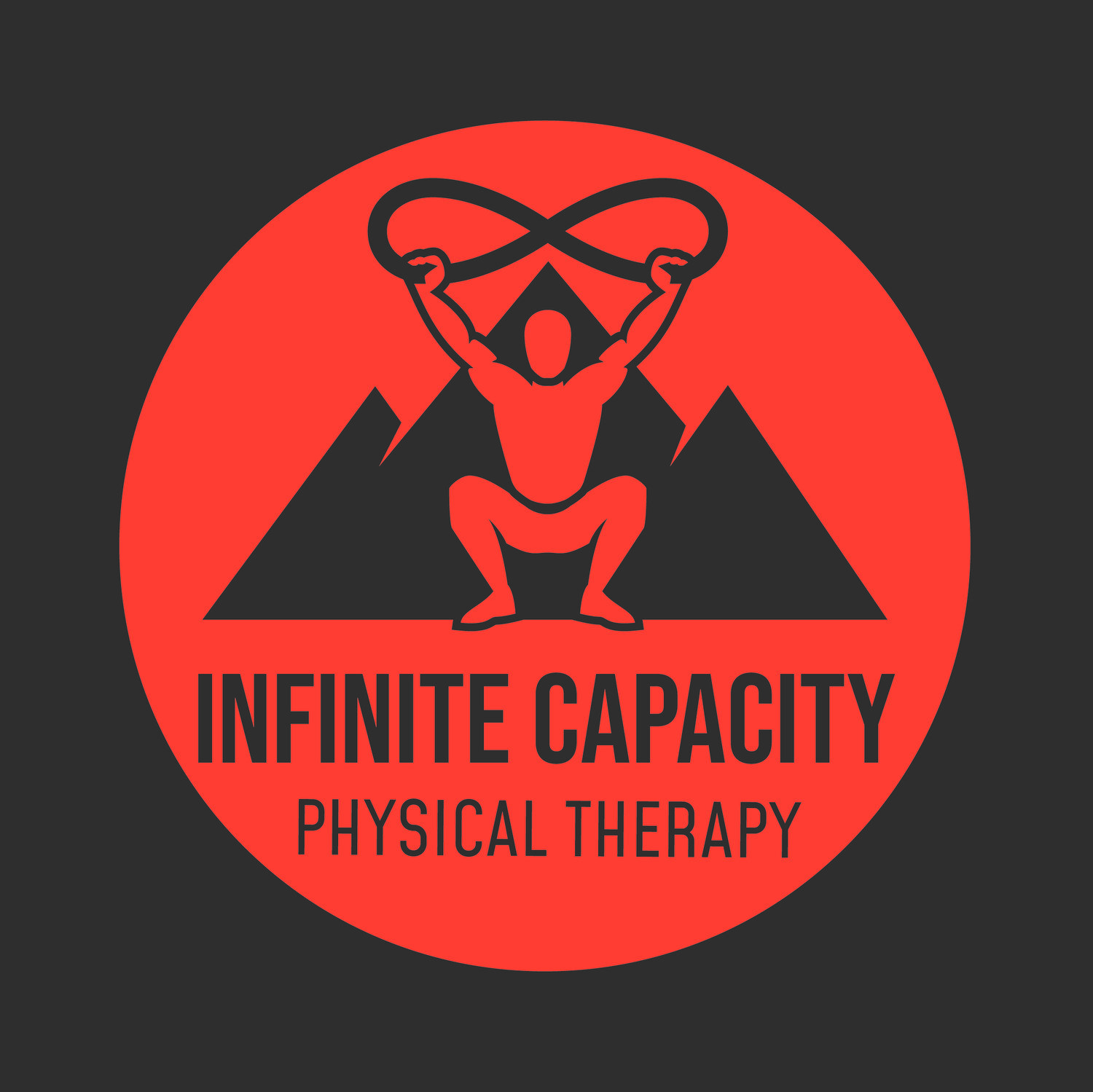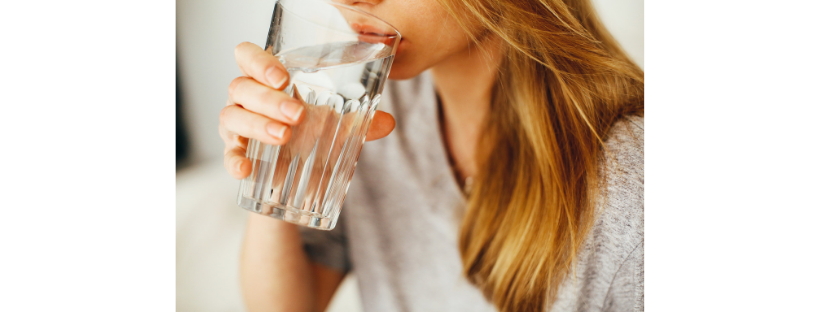Post-Training Recovery: Part 6- Long-term Recovery Methods
Long-Term Recovery Methods
These are the recovery methods which can be employed on a regular day-to-day basis to help improve your overall recovery efforts during training cycles.
Sleep: Current recommendations are that adults need at least 7 hours of sleep per night, and children even more (8). For more information on the importance of sleep in recovery, see the previous post: Post-Training Recovery: Part 5- Between 8-24 Hours.
Nutrition: Rehydration Recommendations: It has been recommended, in order to properly rehydrate after exercise and training that individuals drink 1-1.5 liters of water for each kilogram of body mass lost during training (10).
Nutrition: Carbohydrate Recommendations: If there is around a day before the next training session, the timing of this carbohydrate intake is not as important, as long as the required amounts are eaten to recover depleted energy stores. These requirements are about 5-7 grams per kilogram of body mass per day for moderate training of 1 hour per day, or 6-10 grams per kilogram per day for moderate-to-high-intensity training of 1-3 hours per day (10).
Nutrition: Protein Recommendations: After exercise, muscles have an increased sensitivity for protein intake for around 24 hours. It has been recommended that about 0.4-0.5 grams of protein per kilogram of lean body mass be ingested both before and after exercise within 4-6 hours of each other (11). Building and maintaining muscle mass can be achieved with daily protein intakes of 1.4-2.0 grams per kilogram body mass per day, but higher amounts of 2.3-3.1 grams per kilogram of body mass may be needed for resistance-trained individuals such as bodybuilders in caloric deficit phases (12).
Monitoring Training Loads: “Monitoring of the recovery-fatigue continuum represents the first step toward performance enhancement”(2). One method of tracking training loads is the acute-to-chronic workload ratio, which involves comparing recent load volumes to what your previous training has prepared you for. There are also more and more resources becoming available to assist athletes in tracking of training loads to aid in in recovery. Wearable fitness tracking technology and smart phone apps can be used to measure variables such as HRV to give insights on physiological stress and recovery from training and lifestyle factors. For more information on load monitoring, check out the previous blog post series Load Monitoring: Parts 1-4.
The base of any Injury Prevention or Recovery Program should include Load Monitoring.
References
(1) Mika, A., et al., Comparison of Two Different Modes of Active Recovery on Muscles Performance after Fatiguing Exercise in Mountain Canoeist and Football Players. PLOS ONE, 2016; 1-14. doi: 10.1371/journal.pone.0164216
(2) Kellmann, M., et al., Recovery and Performance in Sport: Consensus Statement. International Journal of Sports Physiology and Performance, 2018; 13: 240-245. doi: 10.1123/ijspp.2017-0759
(3) Borges, N., et al., Age-Related Changes in Performance and Recovery Kinetics in Masters Athletes: A Narrative Review. Journal of Aging and Physical Activity, 2016; 24: 149-157. doi: 10.1123/japa.2015-0021
(4) Schoenfeld, B. and Aragon, A.A., Is There a Postworkout Anabolic Window of Opportunity for Nutrient Consumption? Clearing up Controversies. Journal of Orthopaedic & Sports Physical Therapy, 2018; 48(12): 911-914. doi: 10.2519/jospt.2018.0615
(5) Brown, F., et al., Compression Garments and Recovery from Exercise: A Meta-Analysis. Sports Med, 2017; 47: 2245-2267. doi: 10.1007/s40279-017-0728-9
(6) Zatsiorsky, V.M. and Kraemer, W.J., Science and Practice of Strength Training: Second Edition. 2006, Human Kinetics.
(7) MacDonald, G.Z., et al., Foam Rolling as a Recovery Tool after an Intense Bout of Physical Activity. Medicine & Science in Sports & Exercise, 2013; 131-142. doi: 10.1239/MSS.0b013e3182a123db
(8) Malhotra, R.K., Sleep, Recovery, and Performance in Sports. Neurol Clin, 2017; 35: 547-557. doi: 10.1016/j.ncl.2017.03.002
(9) Semplonius, T. and Willoughby, T., Long-Term Links between Physical Activity and Sleep Quality. Medicine & Science in Sport & Exercise, 2018; 2418-2424. doi: 10.1249/MSS.0000000000001.706
(10) Kovacs, M.S. and Baker, L.B., Recovery interventions and strategies for improved tennis performance. Br J Sports Med, 2014; 48: i18-21. doi:10.1136/bjsports-2013-093223
(11) Schoenfeld, B.J. and Aragon, A.A., Is There a Postworkout Anabolic Window of Opportunity for Nutrient Consumption? Clearing up Controversies. J Orthop Sports Phys Ther, 2018; 48(12): 911-914. doi:10.2519/jospt.2018.0615
(12) Jäger, R., et al., International Society of Sports Nutrition Position Stand: protein and exercise. Journal of the International Society of Sports Nutrition, 2017; 14(20). doi 10.1186/s12970-017-0177-8
(13) Nalbandian, H.M., et al., Active Recovery between Interval Bouts Reduces Blood Lactate While Improving Subsequent Exercise Performance in Trained Men. Sports, 2017; 5(40). doi:10.3390/sports5020040
(14) Wiewelhove, T., et al., Effect of Repeated Active Recovery During a High-Intensity Interval-Training Shock Microcycle on Markers of Fatigue. International Journal of Sports Physiology and Performance, 2016; 11: 1060-1066.
(15) Stephens, J.M., et al., Effect of Body Composition on Physiological Responses to Cold-Water Immersion and the Recovery of Exercise Performance. International Journal of Sports Physiology and Performance, 2018; 13; 382-389.
(16) Zandvoort, C.S., et al., A customized cold-water immersion protocol favours one-size-fits-all protocols in improving acute performance recovery. European Journal of Sport Science, 2018; 18(1): 54-61.
(17) Brown, F., et al., Compression Garments and Recovery from Exercise: A Meta-Analysis. Sports Med, 2017; 47: 2245-2267. doi: 10.1007/s40279-017-0728-9
(18) Goto, K. and Morishima, T., Compression Garment Promotes Muscular Strength Recovery after Resistance Exercise. Medicine & Science in Sports & Exercise, 2014; 46(12): 2265-2270. doi: 10.1249/MSS.0000000000000359
(19) Winke, M. and Shelby, W., Comparison of a Pneumatic Compression Device to a Compression Garment During Recovery from DOMS. International Journal of Exercise Science, 2018; 11(3): 375-383.
(20) Heapy, A.M., et al., A randomized controlled trial of manual therapy and pneumatic compression for recovery from prolonged running- an extended study. Research in Sports Medicine, 2018; 26(3): 354-364.
(21) Overymayer, R.G. and Driller, M.W., Pneumatic Compression Fails to Improve Performance Recovery in Trained Cyclists. International Journal of Sports Physiology and Performance, 2018; 13: 490-496.
(22) Hoffman, M.D., et al., A Randomized Controlled Trial of Massage and Pneumatic Compression for Ultramarathon Recovery. Journal of Orthopaedic & Sports Physical Therapy, 2016; 46(5): 320-326.
(23) Poppendieck, W., et al., Massage and Performance Recovery: A Meta-Analytical Review. Sports Med, 2016; 46: 183-204. doi: 10.1007/s40279-015-0420-x
(24) Babault, N., et al., Does electrical stimulation enhance post-exercise performance recovery?. Eur J Appl Physiol, 2011; 111: 2501-2507. doi: 10.1007/s00421-011-2117-7
(25) Borne, R., et al., Relationship Between Blood Flow and Performance Recovery: A Randomized, Placebo-Controlled Study. International Journal of Sports Physiology and Performance, 2017; 12: 152-160.
(26) Pearcey, G.E., et al., Foam Rolling for Delayed-Onset Muscle Soreness and Recovery of Dynamic Performance Measures. Journal of Athletic Training, 2015; 50(1): 5-13. doi: 10.4085/1062-6050-50.1.01
(27) MacDonald, G.Z., et al., Foam Rolling as a Recovery Tool after an Intense Bout of Physical Activity. Medicine & Science in Sports & Exercise, 2013; 131-142. doi: 10.1249/MSS.0b013e3182a123db



